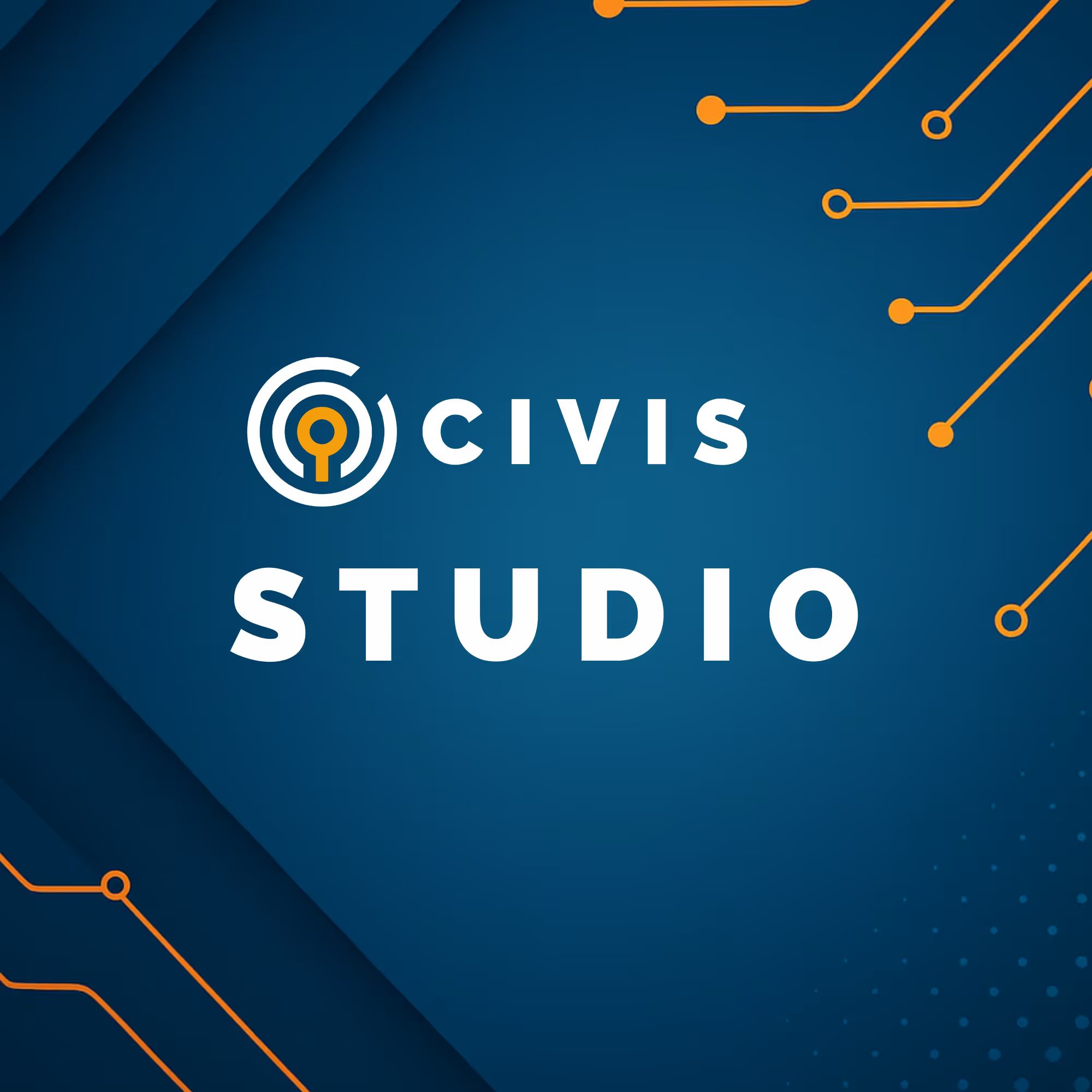Matching with enhanced Identity Resolution
Create an unparralled view of your person level data
.avif)
.avif)
Unlock the power of accurate, scalable identity matching
Harness advanced identity resolution capabilities to match and consolidate person-level data with precision. Whether you’re working with fragmented, inconsistent data or need to unify complex records, our enhanced matching technology streamlines the process, ensuring you always have a single, accurate view of each individual.
Refine data quality and insights
Leverage cutting-edge algorithms to process and match diverse data sources in real time. Identify and resolve inconsistencies in person-level records, merge duplicate entries, and gain a more holistic view of your audience. Our solution ensures data integrity across the board, empowering your teams with reliable information.
.avif)

Get expert support every step of the way
Navigating identity resolution challenges can be complex. Our team is here to guide you, from understanding your specific matching needs to implementing the solution. With hands-on support throughout the entire process, you’ll unlock the full potential of clean, accurate, and actionable person-level data.
More from Civis
Civis Analytics offers an all-in-one platform designed to streamline your data analysis and AI deployment. Experience seamless integration and powerful insights at your fingertips.
Solutions for every member of your team
Embrace data to elevate your decision-making.
Let’s put your data to work.






.avif)






























































